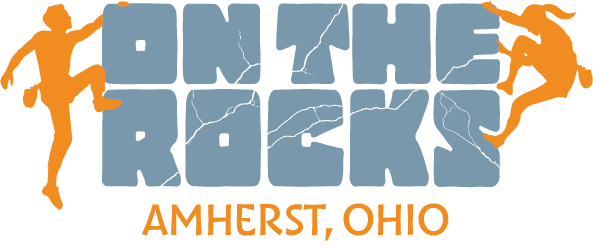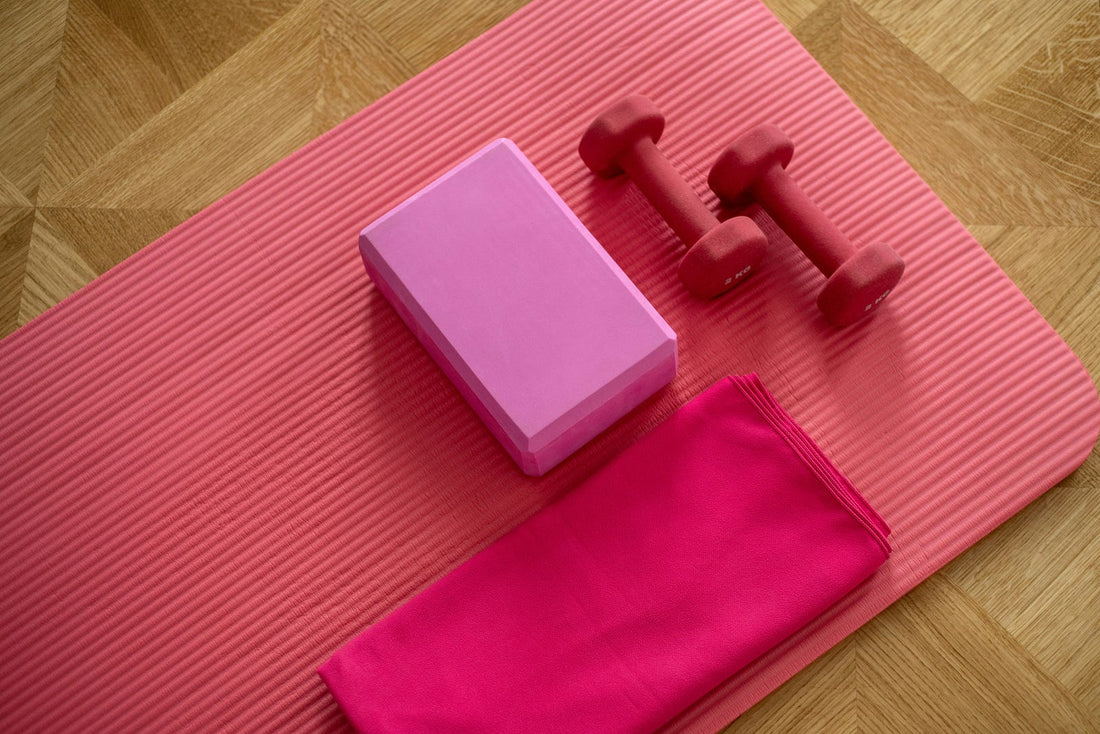Let’s just get one thing straight right away.
You don’t need any “fancy” tools to practice yoga.
In fact, it would even be possible to practice yoga without a mat, if you really wanted to. However, the right tools can benefit you a lot, by making your practice safer, easier, and more fun.
These are some of the most popular pieces of equipment among yoga practitioners. Simply use the ones that resonate with you and ignore the ones that don’t.
#1: Yoga mat
A good yoga mat is arguably the most important piece of equipment for a safe yoga practice.
There are countless models available, in all different lengths, colors, and textures.
When it comes to yoga mat quality, the most important thing you’ll want to make sure is that the mat isn’t slippery! This is crucial for a safe practice.
Good non-slippery yoga mat options are those made out of cork (they are typically relatively cheap as well) and the ones that are made for hot yoga classes specifically.
#2: Yoga blocks
You can use yoga blocks to both make your practice more accessible and more advanced.
Examples of the use of yoga blocks for an easier practice:
- Placing your hands on a block in standing forward fold to bring the earth closer to you
- Using a block for support in half moon pose
- Resting the lower back on a block in bridge pose
- Placing a block between your feet and hands in seated forward fold to intensify the hamstring stretch
- Balancing a block on your head in mountain pose to make sure you’re in perfect alignment
Just like with yoga mats, there are many different types of blocks to choose from. Maybe you prefer soft and light blocks made out of foam? Or heavier cork- or wood ones? Simply experiment with different models, until you find your favorite ones.
#3: Yoga strap
Yoga straps can be incorporated into the yoga practice in many ways.
For example, in the warm-up when doing the famous “shoulder flosses”, or in restorative yoga classes when lying down and gently pulling one leg closer to you with the help of a strap.
If you don’t want to invest in a yoga strap yet, that’s totally fine. Instead, you can opt for resistance bands, jump ropes, or regular belts to achieve similar results.
#4: Knee pads
Knee pads are a must-have for yoga practitioners with sensitive knees. Poses in tabletop position, such as cat-cows for example, are way less hard on the knees with the proper support of a knee pad.
They can also be used to support the shoulders or tailbone in supine postures.
#5: Eye pillow
There’s one yogic principle called pratyahara, which translates to “withdrawal from the senses”.
Using an eye pillow during savasana (the final relaxation) or yoga nidra can work wonders to intensify the experience.
#6: Bolsters
Bolsters are special cushions that are specifically designed to support the practitioner in yin yoga postures. Many yogis find it significantly easier to relax into the postures with the proper support of a bolster.
#7: Meditation cushion
Similar to bolsters, meditation cushions are designed specifically with the goal of enhancing the meditation experience. Having a good posture is crucial when meditating and a good quality meditation cushion can be a helpful tool to achieve the correct alignment.
Have fun experimenting with different yoga props until you find your favorite ones! :)

